Ensuring emergency planning compliance requires teamwork, and everyone in the facility has a role to play in preparing their site for any emergency. While facility managers are ultimately responsible for the safety of their site, tenants and general occupants also have an obligation to ensure their tenancy’s compliance with workplace safety laws. However, getting all these parties to work together towards having an effective emergency plan is not easy.
One major hindrance is the lack of a close collaboration between facility managers and tenants. Each business is unique, and each tenant has different safety requirements and priorities. However, regardless of who the tenant is, workplace safety is still both an ethical and a legal obligation that all businesses must comply with. Facility managers are then faced with the challenge of engaging their tenants on workplace safety, with consideration to individual tenant’s needs.
Here are effective tips on how to raise tenant’s engagement in workplace safety:
-
Actively collaborate with tenants about the application of emergency procedures and their compliance obligations.
The goal of these safety laws is simple: to ensure that everyone will have an emergency or contingency plan in case of accidents or emergencies and to hold building and business owners and managers responsible for safety during an emergency. Loss of life and damage to property are two of the most devastating results of an emergency. Mitigating these risks can only be done by proper foresight and planning on the part of those involved – the building owners and tenants.
To ensure that there will be a smooth flow of applied emergency procedures, it is recommended that both the building management and its tenants adopt an open communication and information flow. This way, the potential of combined risks can be successfully minimised and mitigated. Because of the strict implementation of safety regulations, violators – tenants and building management alike – could very well be meted out with penalties. Before the emergency plan is laid out, therefore, those in charge of designing it should ensure that all plans, procedures and diagrams complement each other.
2. Reiterate to tenants the importance of occupant training.
A demonstration that all tenants are compliant, or are active in the process of compliance, is required under the regulations. Fire Safety Installations may only be useful if the occupants of the building are adequately aware of them and how they operate. Hence, training is just as crucial as having the plan in place.
The regulations also reiterate the need for the building owners to make sure that the building is not overcrowded. The population headcount must be sufficient to be accommodated by the floor space. Otherwise, if this factor is not considered, the emergency plan may fail because there are too many people inside, and there are not enough fire exits and equipment for all of them to get to safety as quickly as possible.
It is not just the building owners who are to be held accountable for the safety of the occupants. Tenants themselves also have emergency planning responsibilities to uphold. Because they are the ones using the units in the building, they naturally become the immediate authority responsible for their unit and respective team in it.
It is important to note that legislative requirements relating to emergency planning vary from state to state. In Queensland for example, tenants that employ in excess of 30 staff are required to have a designated Fire Safety Adviser, according to the Building Fire Safety Regulation 2008.
The QFRS also takes note of the Tenant safety procedures compliance requirements. Each secondary occupier or tenant needs to demonstrate and show evidence of:
- Tenancy Specific Evacuation Diagrams in relation to the individual tenancy
- Tenancy Specific Documented evacuation procedures and plan
- Tenancy Specific on and offsite training records
- Annual occupiers statement detailing service history for all tenancy specific fire safety installations
- All of the above must meet Regulatory fire safety requirements.
3. Use tools that can make compliance easier and more achievable for your tenants.
Tenants are tasked to ensure the compliance of their workplaces. To do so, they must have a written Emergency Plan and Response Procedures, as well as emergency evacuation diagrams specific for their tenancy. On top of that, they must ensure an updated Warden list and see to it that their employees participate in regular evacuation exercises and complete training requirements.
With all these obligations, compliance can be arduous for tenants. This makes it even more challenging to involve tenants in safety initiatives. The good news is that facility management technology has improved significantly over the years and can now help facility managers increase tenant engagement in workplace safety.
Now, a tool that will make emergency planning more achievable for tenants and building managers is finally here. EvacConnect makes it easier to manage facility compliance, from setting up locations to empowering tenants and general occupants to participate in the compliance process. Tenant Responsible Persons (TRPs) can now update their warden lists and run compliance reports online, so they can have a real-time view of their compliance gaps in just a few clicks.
The tool also allows Wardens and general occupants to complete safety training sessions online, giving them flexibility to accomplish training at their most convenient time and place. Moreover, a reward system for wardens will soon be available on EvacConnect, which aims to boost participation in updating warden lists for their tenancy.
Workplace safety is a team effort
Workplace safety is not just in the hands of facility managers. It requires close coordination and open communication between building managers, tenants, and general occupants to ensure a site’s emergency preparedness. It takes a proactive team to maintain a safe and compliant facility.
How is your team doing? Contact our experts for a FREE consultation! Let’s help you achieve 100% compliance and empower you to save lives.
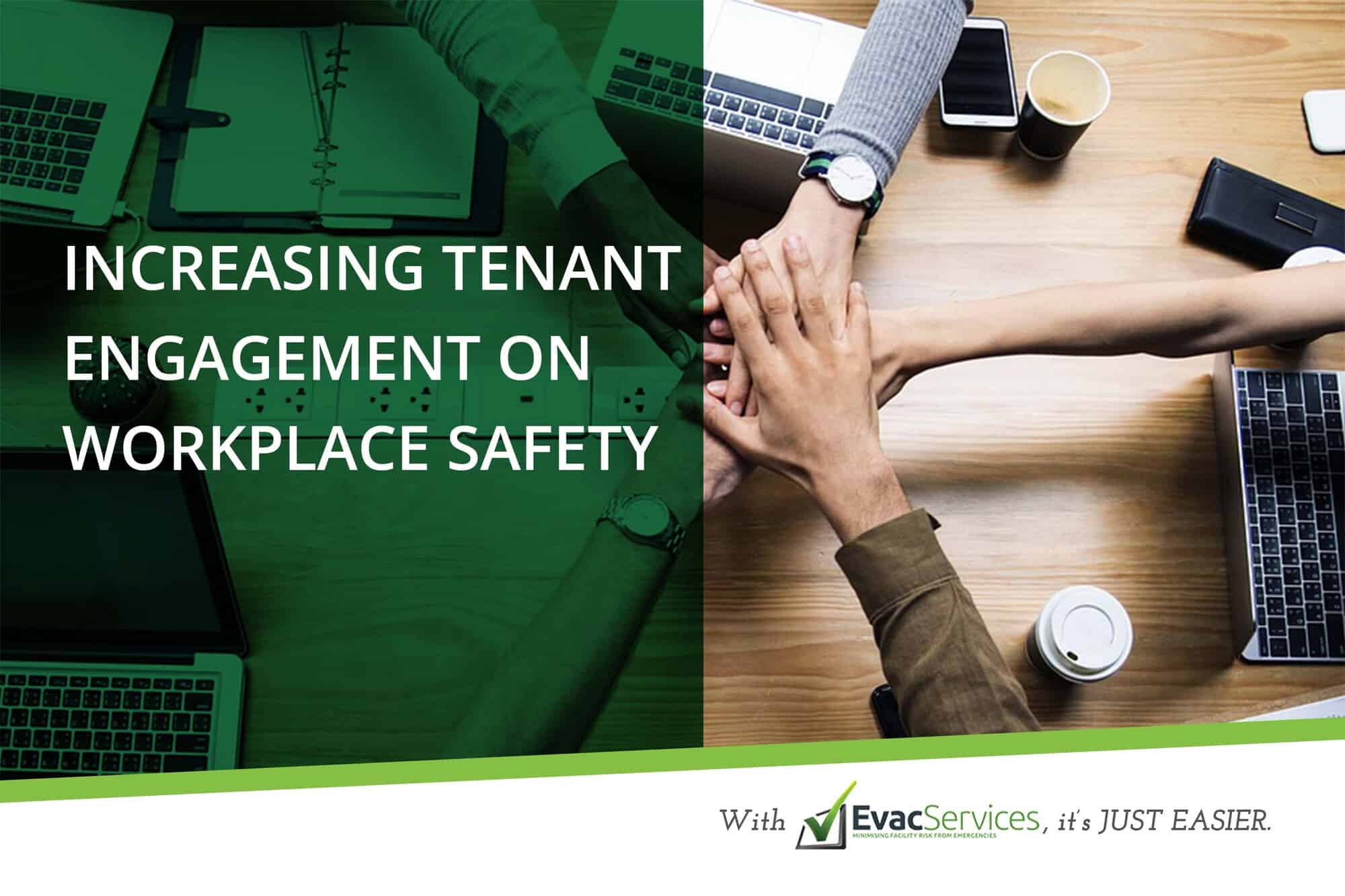
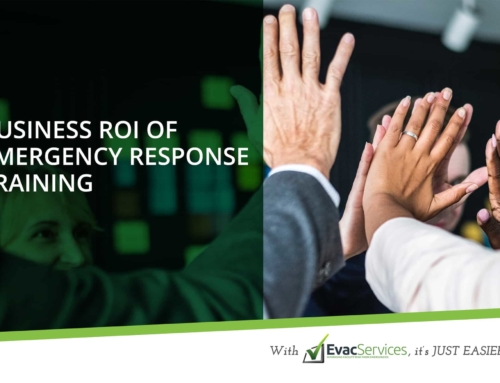
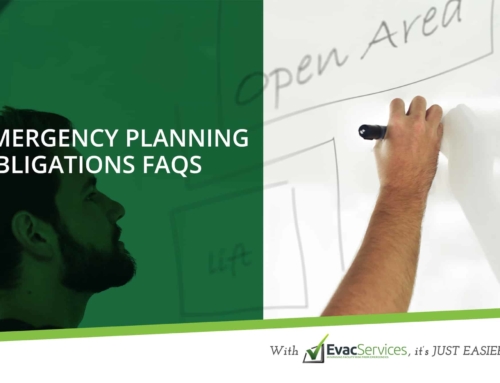
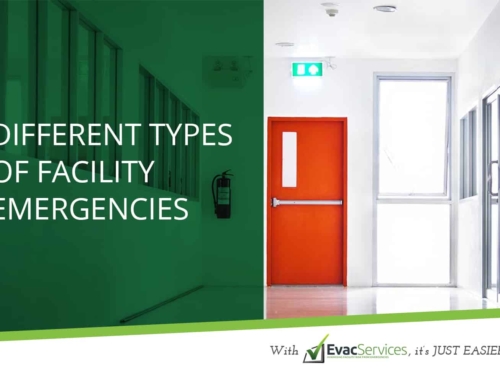
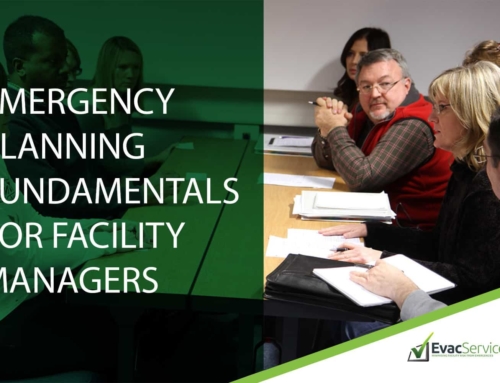
Leave A Comment